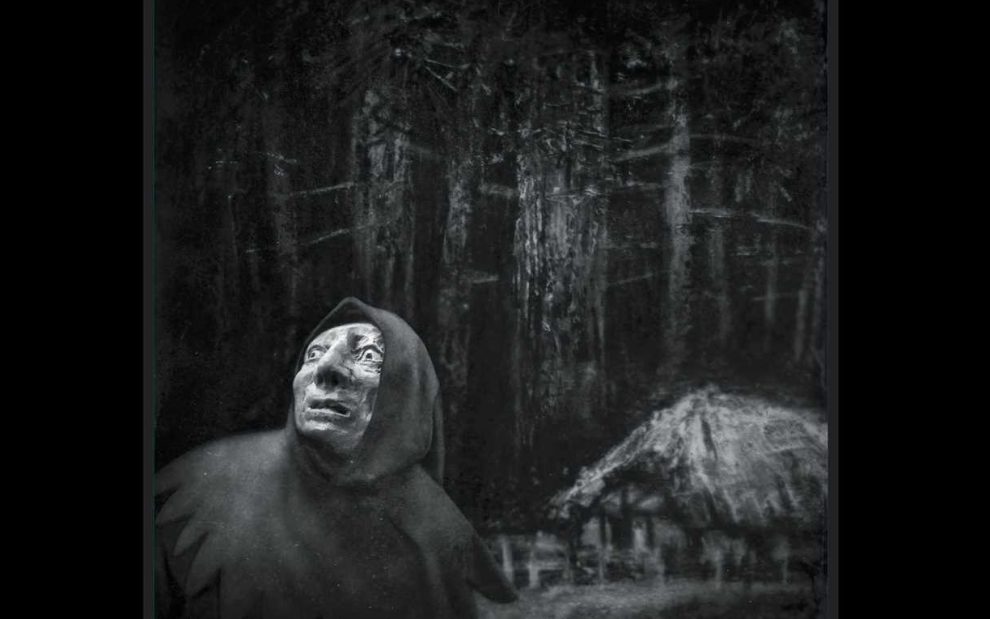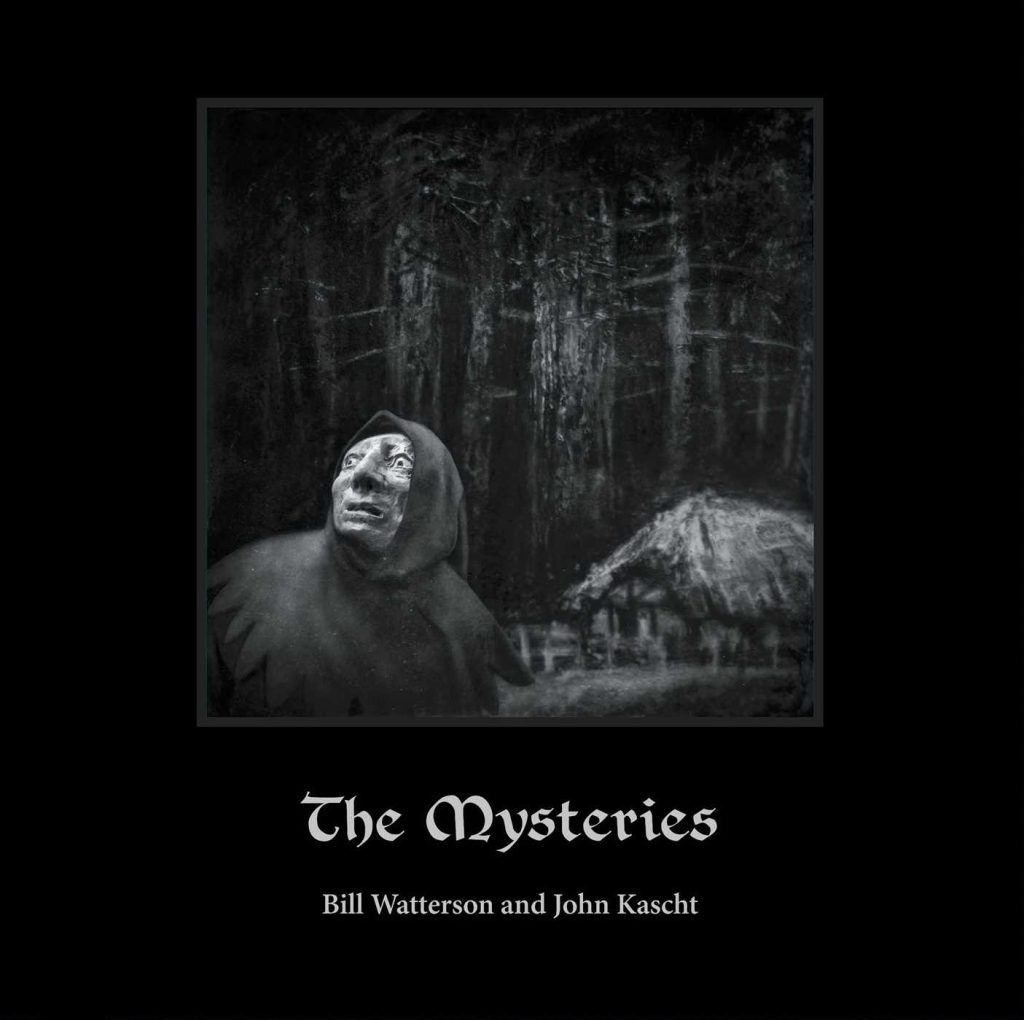The Mysteries
By Bill Watterston and John Kascht (Andrews McMeel Publishing, 2023)
Bill Watterson has a knack for finding the perfect balance between wonder and simplicity. In his classic comic series Calvin and Hobbes, wonder could be found equally in the fantastical images conjured in a young boy’s imagination as it could on a simple walk through the woods. Calvin and his friend Hobbes could make the slightest things interesting, and the reader would positively delight in their discoveries. Add to this Watterson’s use of line and space, where nothing appears overworked and yet everything has its own charm, and it’s no surprise his famous comic strip is preserved in museums and continues to captivate audiences. With Calvin and Hobbes, Watterson found the perfect medium to tell his story, and when he felt the story had come to an end, he stepped away.
It’s been almost 30 years since he put down his pencil and audiences watched as Calvin and Hobbes sled off into another wintery adventure. In the intervening years Watterson has been little in the public eye and become something of a recluse. He hasn’t “cashed in” on the success of Calvin and Hobbes by merchandising his famous characters or flooded the market with numerous products and projects. Rarely has he granted an interview or appeared in a documentary despite great interest. Instead, he seemed content to be left to his own devices, a mysterious anomaly in a world obsessed with new for newness’s sake. His artistic temperament appears to prefer to wait until the time is right.
In 2014 he surprised the comic world when he guest illustrated three strips for Stephan Pastis’ Pearl’s Before Swine. Watterson hatched this clever idea to an unsuspecting Pastis who excitedly agreed upon their secret collaboration. Yet even here Watterson’s motives were shrouded in mystery. Why this? Why now? Later, when the original panels sold for close to $75,000 and Watterson donated the earnings to The Micheal J. Fox Foundation for Parkinson’s Research, Watterson’s wider intentions were revealed. It seems with Watterson, like some of the great artists through history, all the pieces have to come together perfectly with an element of surprise to create a sense of wonder.
Now, almost 10 years later, and 30 years since publishing anything of his own, Watterson has emerged once again with a new book entitled The Mysteries. The publisher aptly describes this distinctive book as “a fable for grown-ups.” It begins in a distant past with knights, a king, and “Mysteries” in a forest, of which the town’s people have grown frightened.
Watterson had written this short story almost 10 years ago to inspire his painting process but then, in frustration, could not find a way forward alone. He eventually presented the idea of an artistic collaboration to friend and accomplished caricature artist John Kascht. The two heedlessly embarked on an artistic collaboration with little sense of where they were going and only one rule: They would be equal partners and would only proceed at each step if both agreed. In a wonderful video describing their working process, Watterson likens their collaboration to “driving a car with two steering wheels.” In fact, after a year of working together, they threw everything away and started over.
The challenges were many. First, there was the story itself, a story that thrives on ambiguity and creating ample space for the reader to project their own thoughts, assumptions, and experiences into the narrative. Each page of the story has only a sentence, maybe two. Sentences like “There, shrouded in the mists, lived the Mysteries” which required the artists to imply more than illustrate. Second, they decided not to work in their primary mediums. So, instead of drawing, they would sculpt and paint. Kascht would craft highly detailed sculptures of characters and settings, while Watterson would paint evocative landscapes and atmosphere. The two would be placed together and photographed, resulting in portent imagery somewhat reminiscent of German expressionist cinema of the early 1900s.
These are significant challenges for artists with their own unique visions and accomplishments. Egos could have easily gotten in the way and no doubt there were frustrations when long hours of creativity and hard work created results that made one artist happy yet failed to fit the vision of the other. Yet, despite these frustrations, Watterson admits he would not have been able to complete the book without the collaboration. He astutely observed, “collaboration generates friction, but also energy, and sometimes the combination of talents is greater than the sum of the parts.”
This is an impressive validation of the belief that when people with different perspectives come together, acknowledging each other’s gifts and shared goals— despite real tensions—something new and meaningful can emerge. Even if the end result is not known, there is grace in the process. And this has implications well beyond collaboration on a short story. Artists can often lead the way in revealing new possibilities, and this collaboration between Watterson and Kascht offers important lesson not only for other artists, but for any individuals or groups pursuing projects and working to sustain relationships or build community.
The details of The Mysteries are perhaps best left for the reader to discover without preconceived notions as well. Take your time. Enjoy the rich black and white imagery so arduously crafted by these artists. Let the story slowly develop as word and image intertwine. Follow Watterson’s lead and fight the cultural tendency to race on to the next thing. Their story can be a collaboration with you if you allow yourself the contemplative space to be a dialogue partner. Give yourself time and space to ponder The Mysteries.
Image: The Mysteries cover, detail. Bill Watterston and John Kascht.














Add comment